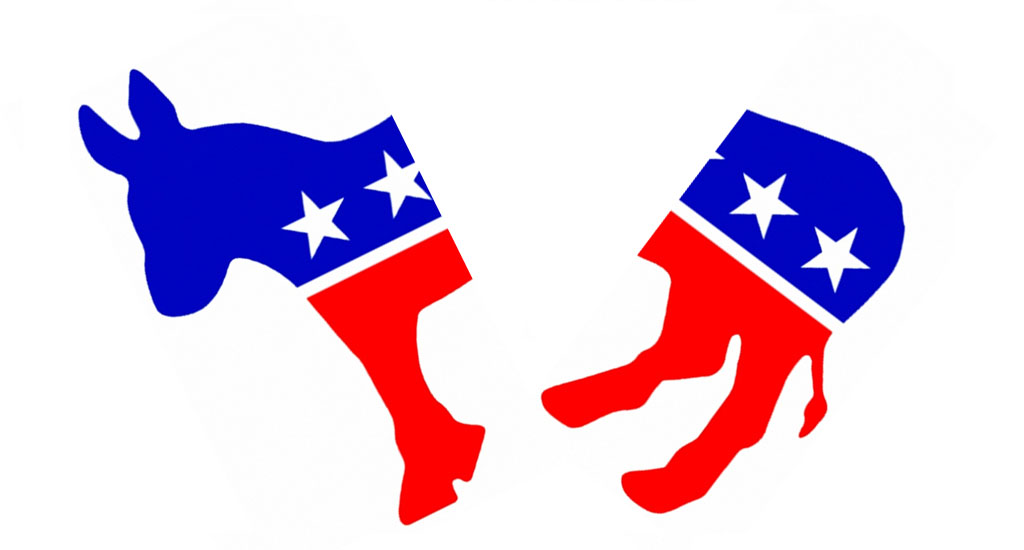Following a robust third fiscal quarter, wages and salaries in the U.S. are up by 0.9 percent this month so far – 3.1 percent this year – which is the highest level in a decade. Throughout the economic recovery stemming from the Great Recession of 2008, increases in wages have largely been missing. Although this is good news for employees, the Federal Reserve has been raising rates in a speedy fashion to guard against future inflationary pressures, seemingly erasing big salary and hourly payroll gains.
Employment costs also rose in Q3, up 0.8 percent for the period, ahead of the estimate of 0.7 percent Wall Street economists projected, a sign that more inflation is ahead. Wage pressures have been building as the unemployment rate has remained at 3.7 percent, the lowest since December 1969. In addition to the tighter job market, various state government and private companies have passed minimum wage increases, adding to inflation pressures.
In a report from CNBC, ADP and Moody’s reported private payroll growth of 227,000 this month, easily beating analysts’ expectations. The service sector contributed 189,000 to the total. At an industry level, trade, transportation, and utilities was the biggest contributor with 61,000 new positions. Leisure and hospitality contributed 40,000, while professional and business services added 36,000, with education and health services growing by 31,000. Construction and manufacturing added 17,000, respectively.
“The job market bounced back strongly last month despite being hit by back-to-back hurricanes,” said Mark Zandi, chief economist at Moody’s. He added that the gains are a “testimonial to the robust employment picture is the broad-based gains in jobs across industries. The only blemish is the struggles small businesses are having filling open job positions.”
Larger companies, those with 500 employees or more, have more resources available to provide the competitive wages and strong benefits prospective employees desire. To combat increased employment costs, employers have been looking to non-salary measures like insurance and benefits packages to retain workers, but may have to start increasing wages to attract and retain talent going forward.





